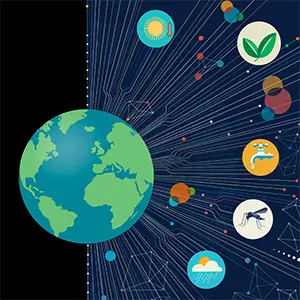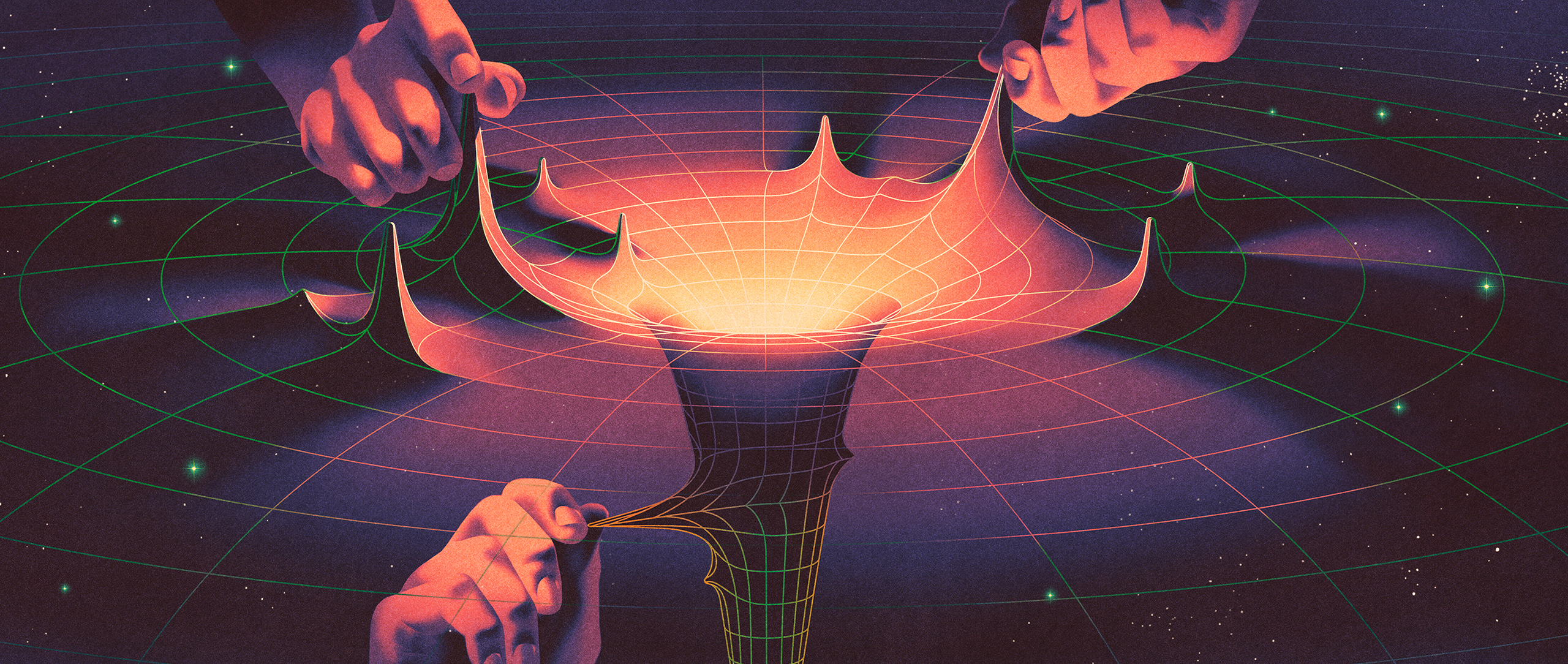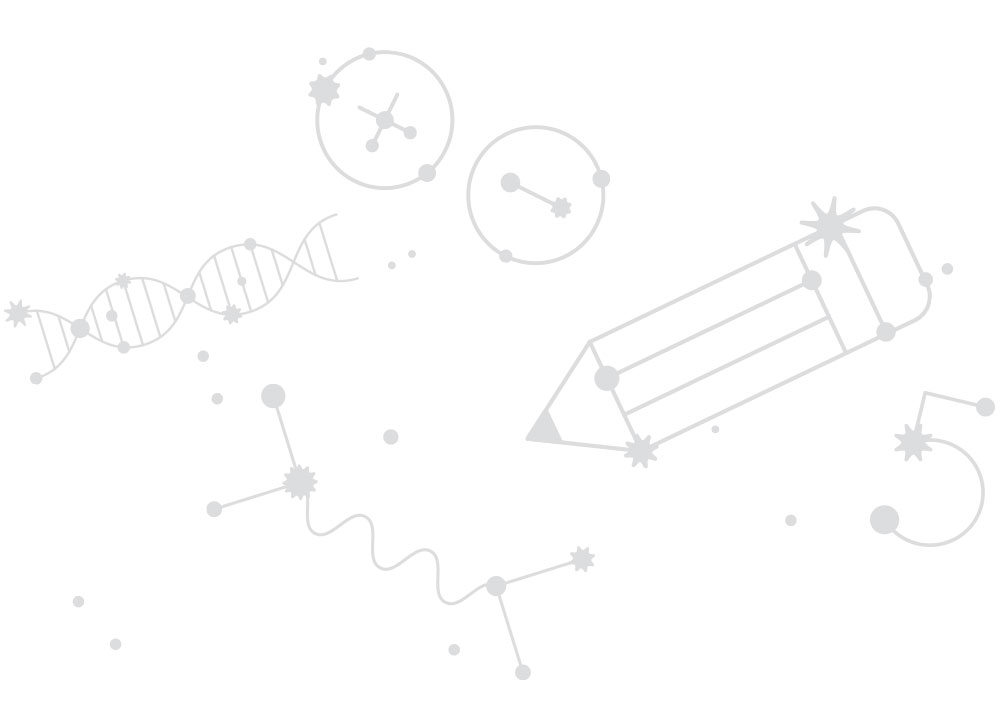
Elfatih Eltahir explains why we need more local and social data, like disease spread and population growth, to better predict and address climate-related challenges.

Harol Bustos for Quanta Magazine
A team of mathematicians based in Vienna is developing tools to extend the scope of general relativity.
How does a cell know when it’s been damaged? A molecular alarm, set off by mutated RNA and colliding ribosomes, signals danger.
Tony Tyson’s cameras revealed the universe’s dark contents. Now, with the Rubin Observatory’s 3.2-billion-pixel camera, he’s ready to study dark matter and dark energy in unprecedented detail.
An attack on a fundamental proof technique reveals a glaring security issue for blockchains and other digital encryption schemes.
After just a few months of work, a complete newcomer to the world of sphere packing has solved one of its biggest open problems.

The precursors of heavy elements might arise in the plasma underbellies of swollen stars or in smoldering stellar corpses. They definitely exist in East Lansing, Michigan.
Image generators are designed to mimic their training data, so where does their apparent creativity come from? A recent study suggests that it’s an inevitable by-product of their architecture.
A tetrahedron is the simplest Platonic solid. Mathematicians have now made one that’s stable only on one side, confirming a decades-old conjecture.
Emily Buder/Quanta Magazine

Elfatih Eltahir explains why we need more local and social data, like disease spread and population growth, to better predict and address climate-related challenges.
Neural networks power today’s AI boom. To understand them, all we need is a map, a cat and a few thousand dimensions.
Illuminating basic science and math research through public service journalism.
More about usQuanta Magazine is committed to in-depth, accurate journalism that serves the public interest. Each article braids the complexities of science with the malleable art of storytelling and is meticulously reported, edited and fact-checked. Launched and funded by the Simons Foundation, Quanta is editorially independent — our articles do not reflect or represent the views of the foundation.
